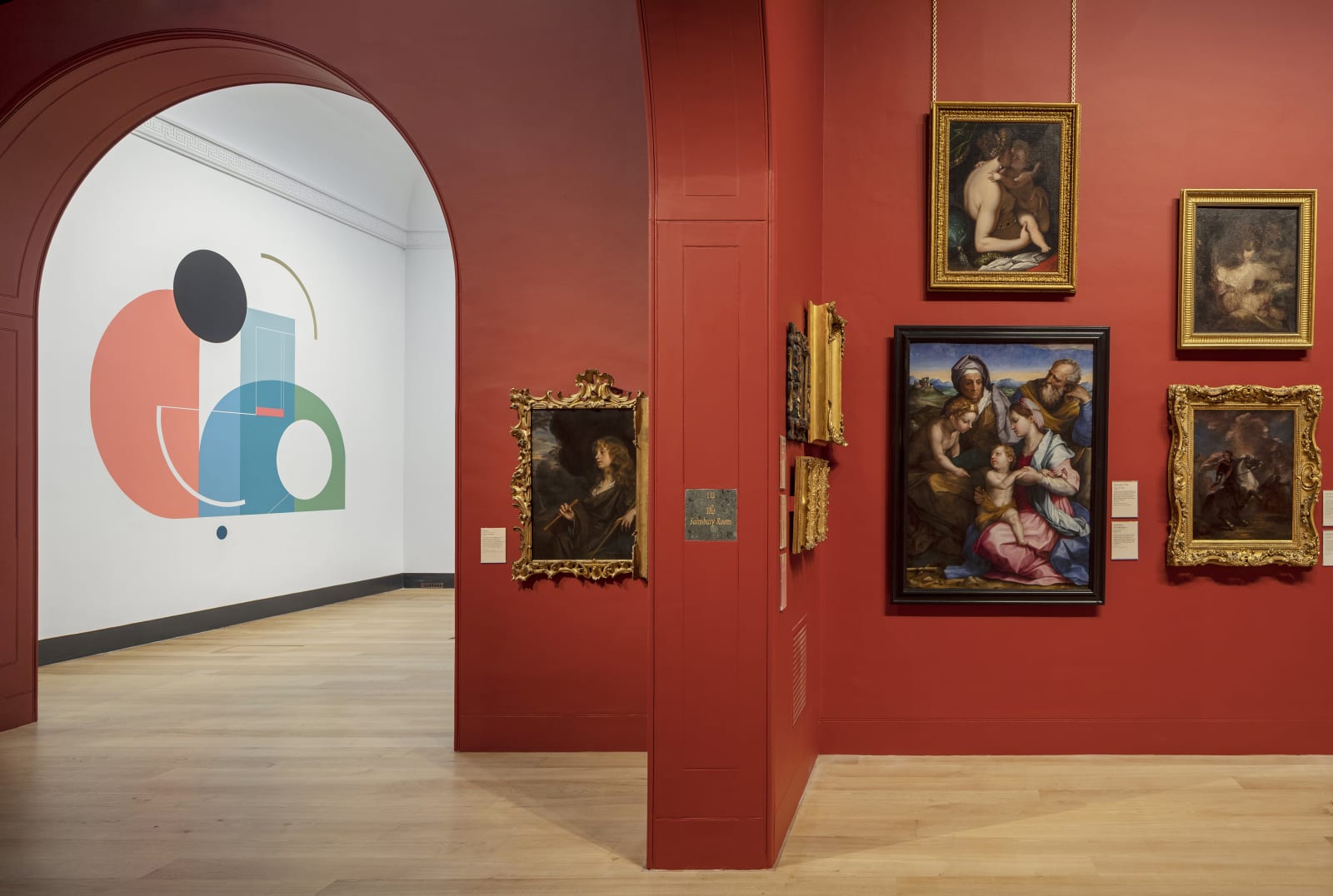The Grand Tour, 2020
Paint and gold leaf
Further images
-
(View a larger image of thumbnail 1
)
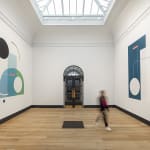
-
(View a larger image of thumbnail 2
)

-
(View a larger image of thumbnail 3
)
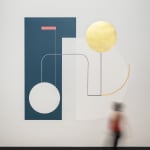
-
(View a larger image of thumbnail 4
)
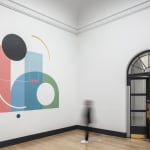
-
(View a larger image of thumbnail 5
)
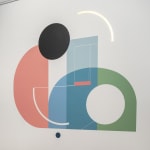
-
(View a larger image of thumbnail 6
)

-
(View a larger image of thumbnail 7
)
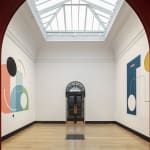
-
(View a larger image of thumbnail 8
)

-
(View a larger image of thumbnail 9
)

-
(View a larger image of thumbnail 10
)
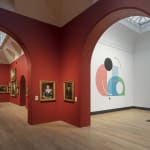
-
(View a larger image of thumbnail 11
)
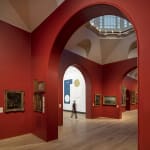
-
(View a larger image of thumbnail 12
)

-
(View a larger image of thumbnail 13
)

-
(View a larger image of thumbnail 14
)
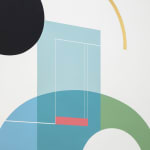
-
(View a larger image of thumbnail 15
)
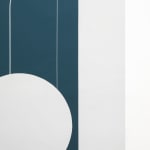
-
(View a larger image of thumbnail 16
)

-
(View a larger image of thumbnail 17
)
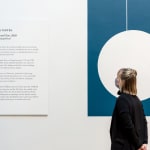
Designed by architect Sir John Soane, Dulwich Picture Gallery first opened to the public in 1817. Titled The Grand Tour, Tantra’s piece refers to Soane’s own journey to Europe between 1778 and 1780, where Soane’s encounter with “the numerous and inestimable remains of Antiquity” subsequently influenced his entire life’s work. Consisting of two large painted murals with gold leaf applications, The Grand Tour envelops the welcome space to create an immersive experience for visitors. Placed on opposite walls, the paintings evoke a sense of dualism, as one side—colourful and bright—faces the other—monochrome and sombre.
For Tantra, the use of 24 karat leaf signifies the universal appeal of gold and its visible presence on many of the framed paintings inside the gallery. Tantra’s repetition of arc-shaped motifs echo those of the gallery’s curved archways and entrances—a framing technique often employed by Soane himself to give a sense of grandeur. The colour palette of blues, greens and pinks, meanwhile, is directly lifted from the interiors of Soane’s London homes at Lincoln’s Inn Field and Pitzhanger Manor.
The Grand Tour builds on Tantra’s body of work in public art, highlighting the importance of colour, light and perception. “My interest in public art goes beyond wrapping artwork on architectural surfaces; it is about looking at how we as bodies approach spaces, how we navigate from one point to another, how art plays a role in enriching the spaces we occupy—layering histories and narratives together to form new perspectives.”
Tantra’s development of the space extends to rethinking the layout of the welcome hall: it brightens up what had previously been a darker part of the gallery to create a more open-plan arrangement that accentuates the height of the rooms. The design also importantly allows for safe social distancing for visitors in time for the Gallery’s reopening on 8 December.
Designed by architect Sir John Soane, Dulwich Picture Gallery first opened to the public in 1817. Titled The Grand Tour, Tantra’s piece refers to Soane’s own journey to Europe between 1778 and 1780, where Soane’s encounter with “the numerous and inestimable remains of Antiquity” subsequently influenced his entire life’s work. Consisting of two large painted murals with gold leaf applications, The Grand Tour envelops the welcome space to create an immersive experience for visitors. Placed on opposite walls, the paintings evoke a sense of dualism, as one side—colourful and bright—faces the other—monochrome and sombre.
For Tantra, the use of 24 karat leaf signifies the universal appeal of gold and its visible presence on many of the framed paintings inside the gallery. Tantra’s repetition of arc-shaped motifs echo those of the gallery’s curved archways and entrances—a framing technique often employed by Soane himself to give a sense of grandeur. The colour palette of blues, greens and pinks, meanwhile, is directly lifted from the interiors of Soane’s London homes at Lincoln’s Inn Field and Pitzhanger Manor.
The Grand Tour builds on Tantra’s body of work in public art, highlighting the importance of colour, light and perception. “My interest in public art goes beyond wrapping artwork on architectural surfaces; it is about looking at how we as bodies approach spaces, how we navigate from one point to another, how art plays a role in enriching the spaces we occupy—layering histories and narratives together to form new perspectives.”
Tantra’s development of the space extends to rethinking the layout of the welcome hall: it brightens up what had previously been a darker part of the gallery to create a more open-plan arrangement that accentuates the height of the rooms. The design also importantly allows for safe social distancing for visitors in time for the Gallery’s reopening on 8 December.







